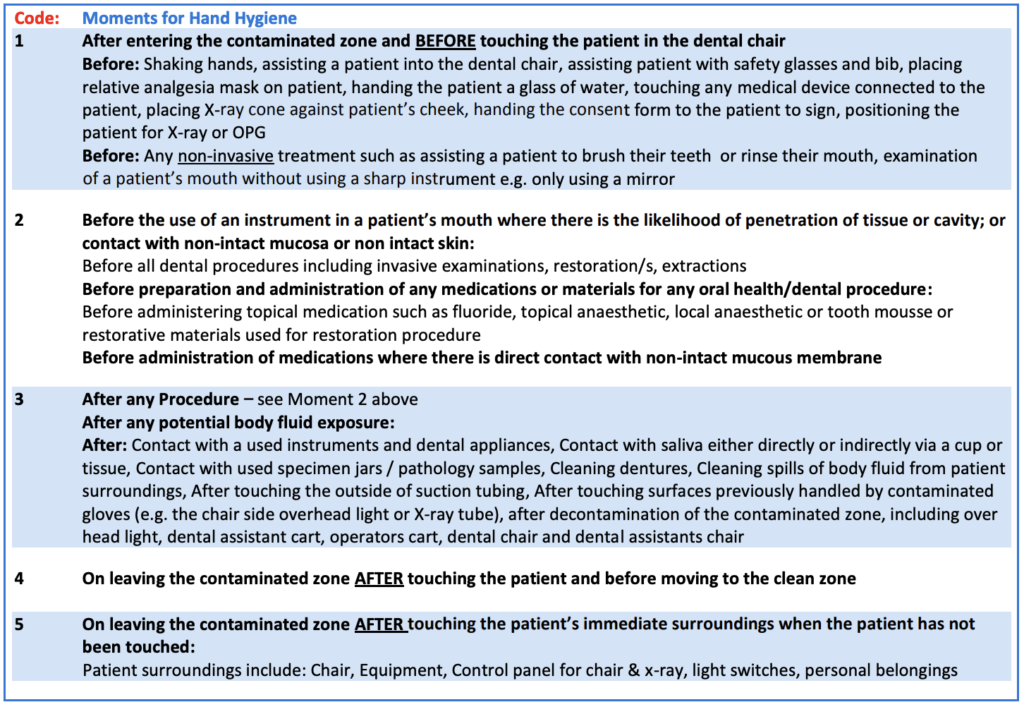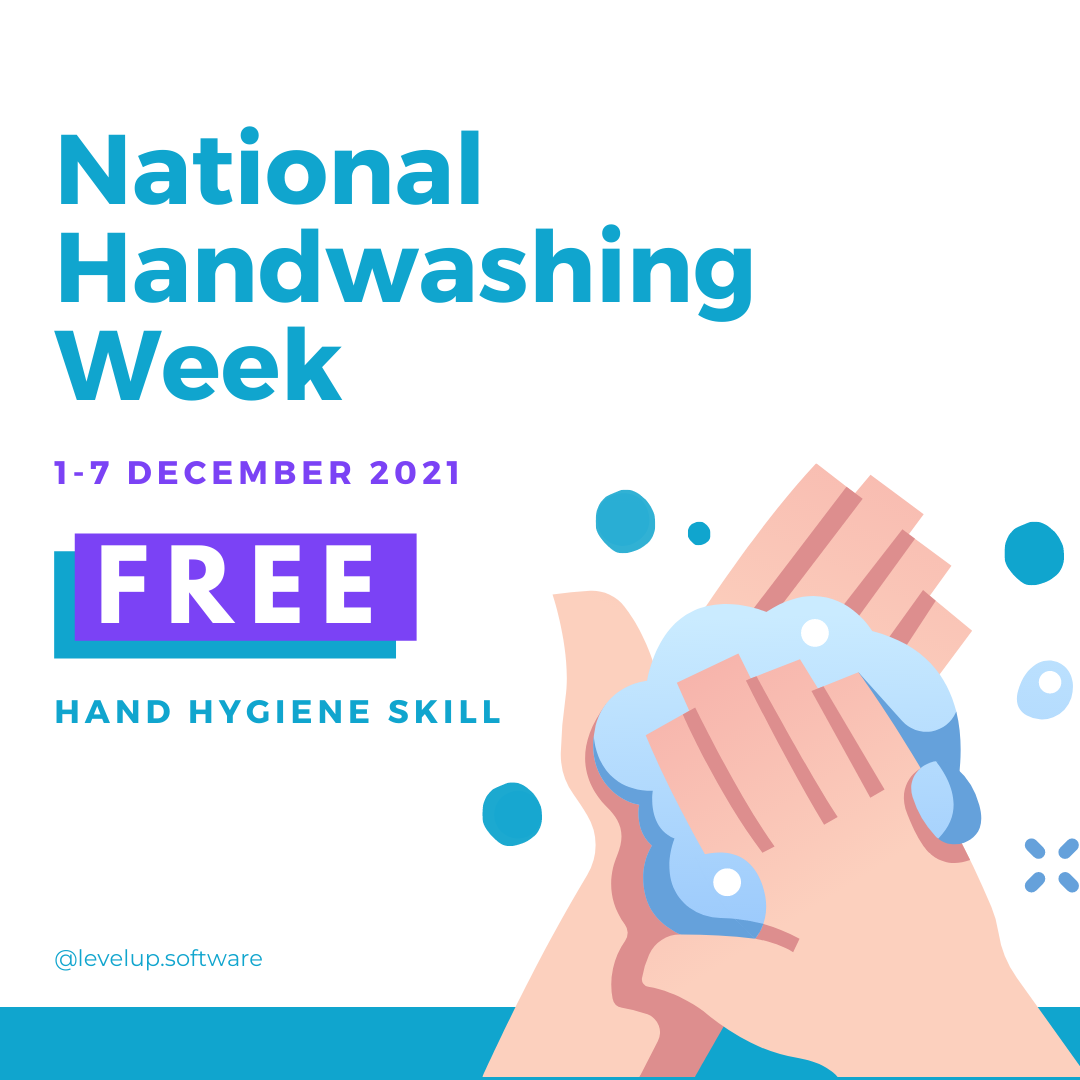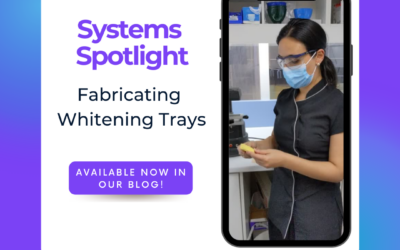Personal hygiene starts with our HANDS, and this National Hand Washing Awareness Week, we want to take the time to remind you all how important it is to keep germs at bay by washing our hands at regular intervals throughout the day. It’s the simplest way to prevent germs from spreading.
We all now how important it is to wash our hands regularly, but if you work in the medical field, we know that it’s even MORE important to follow a complete hygienic hand washing procedure. Do you have one written at your practice? Is all your staff completely trained up on your Hand Hygiene policy? It may sound like a small thing, but especially in today’s climate, it’s not.
Hand Hygiene Policy
What & Why
The process aiming to reduce the number of infectious microorganisms on hands that can be contracted from contact with a patient, the patient’s surroundings, the environment, or other healthcare workers.
Hand hygiene involves the application of:
- Waterless alcohol-based hand rub (ABHR)
- Hand soap/solution and water
- Patting hands dry with single-use towels
- Applying a compatible hand moisturiser (up to 4 times a day)
When to use
- Before touching a patient
- Before a procedure
- After a procedure or body fluid exposure risk
- After touching a patient
- After touching a patient’s surroundings
Refer to the table below for specific moments for hand hygiene for the dental practice:

Alcohol-based Hand Rub (ABHR):
- can be used at all times
- between patient appointments
- before and during interruptions within an appointment
- entering and leaving a clinical area
- before and after touching a patient
- before and after a procedure
- after body fluid exposure risk
- before putting on gloves
- after the removal of glaves
- before handling an instrument or machine for patient use
- before and after touching a computer keyboard in a clinical area
- on dry skin only
Hand washing:
- before gloves are put on
- after removal of gloves
- before gloving up for the next patient appointment
- before and after a handshake
- at the start of the working session
- after toilet breaks
- when leaving the surgery
- visibly dirty or contaminated with proteinaceous material
- visibly soiled with blood or other body fluids
- before and after contact with every patient
What you’ll need
- Approved alcohol-based hand rub (ABHR)
- Approved antibacterial soap/solution
- Water tap in designated handwashing sink
- Single-use towels
- Compatible hand moisturiser
Steps
Alcohol-based Hand Rub:
- Pump an appropriate amount of ABHR into the palm of the hand, as recommended by the manufacturer.
- Rub hands together to spread the solution across all the surfaces of the hands, including the tips of the fingers and thumbs.
- Continue to rub the solution until it has evaporated and the hands are dry.
- Apply moisturiser as per manufacturer’s instructions and rub until hands are dry.
Hand washing:
- Turn on the tap at the designated handwashing sink with a single-use paper towel.
- Pump an appropriate amount of hand soap/solution into the palm of the hand, as recommended by the manufacturer.
- Using the fingers, rub the palm of the other hand. Change hands.
- Then place one palm over the top of the other hand and interlace fingers, rubbing backward and forwards. Change hands.
- Have the palms meet palm-to-palm and interlace the fingers, rubbing upward and downwards.
- Curl the fingertips of each hand together (like a yin-yang symbol). Rub your fingertips side to side
- Wrap one hand over the thumb of the opposing hand and rub in a circular motion. Change hands.
- Finally, open up the palm of one hand and with the opposing hand, curl the fingers into the shape of a beak and rub the fingertips into the palm. Change hands.
- Use your elbow or a single-use paper towel to turn on the tap.
- Wash hands thoroughly under warm water to remove soap from hands.
- Use your elbow or a single-use paper towel to turn off the tap.
- Hold up arms to let the water drip down to the elbows.
- Take single-use paper towel and dry hands thoroughly.
- Apply moisturiser as per manufacturer’s instructions and rub until hands are dry.
Do’s and Don’ts
- Do keep ABHR close to the clinical working area.
- Do keep ABHR away from contamination by splash and aerosols (not near handwashing sink).
- Hand washing should be undertaken in dedicated (clean) sinks preferably fitted with non-touch taps (or carried out using the non-touch technique).
- If touch-taps are in use, make sure they are handled with a clean paper towel.
- Do not ‘top-up’ ABHR dispensers as they can become contaminated.
Additional Resources
HHA 5 Moments for Hand Hygiene
Accountability
Everyone in the practice is responsible for carrying out proper hand hygiene.
Want more?
This and 70 more skills covering everything from HR to Labs to Clinical to Front Office to Hygiene – are all available for you with your Level Up subscription.
Book a demo with us or start your journey today! 💜🚀





0 Comments